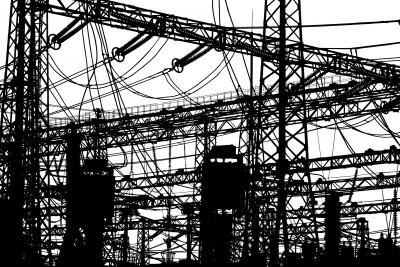New Delhi, Jan 1 : Delhi’s peak power demand hit the season’s highest level at 5,021 MW on Friday, owing to the ongoing cold wave conditions, power distribution company (discom) BSES said.
It is the first time this winter that the national capital’s peak power demand has crossed the 5,000 MW mark, a company statement said. Last year, the peak power demand on January 1 was 5,226 MW.
The release said that on Friday, BSES Rajdhani Power Ltd (BRPL) and BSES Yamuna Power Ltd (BYPL) successfully met the electricity demand of 2,054 MW and 1,145 MW in their respective areas.
On December 1, Delhi’s peak power demand was 3,504 MW, according to BSES. Since then, it increased by over 43 per cent. Since November 1, Delhi’s peak power demand has increased by nearly 60 per cent.
The release also said that Delhi’s highest peak power demand last month was at 4,671 MW recorded on December 30, 2020. In two days, the demand increased by over 7 per cent to 5,021 MW.
“Delhi’s peak power demand in December 2020 surpassed the peak power demand of December 2019 on 10 corresponding days. It is expected to increase further in the coming days if the winter chill continues,” BSES said.
Peak power demand in the city last winter touched 5,480 MW. The peak power demand last winter in the BRPL and BYPL areas had reached 2,020 MW and 1,165 MW, respectively. This year, it is expected to reach 2,200 MW and 1,270 MW, respectively, the statement added.
Noting that the BSES discoms are fully geared up to meet the high winter demand, the statement said that besides long-term arrangements, they are also using advanced techniques like banking, reserve shutdown and power exchange to dispose off surplus power, ensure reliable power supply and making arrangements to get power during summer months.
“In case of any unforeseeable contingency, BSES discoms will buy short term power from the exchange which is available at economical rates. BSES discoms will also bank surplus power with hilly states, which need additional power during the winter months. This banked power will be available during the summer months,” the statement said.
Adding to these efforts are the advanced load-forecasting statistical and modelling techniques, which are helping the discom accurately forecast the power demand, it added.
Disclaimer: This story is auto-generated from IANS service.

